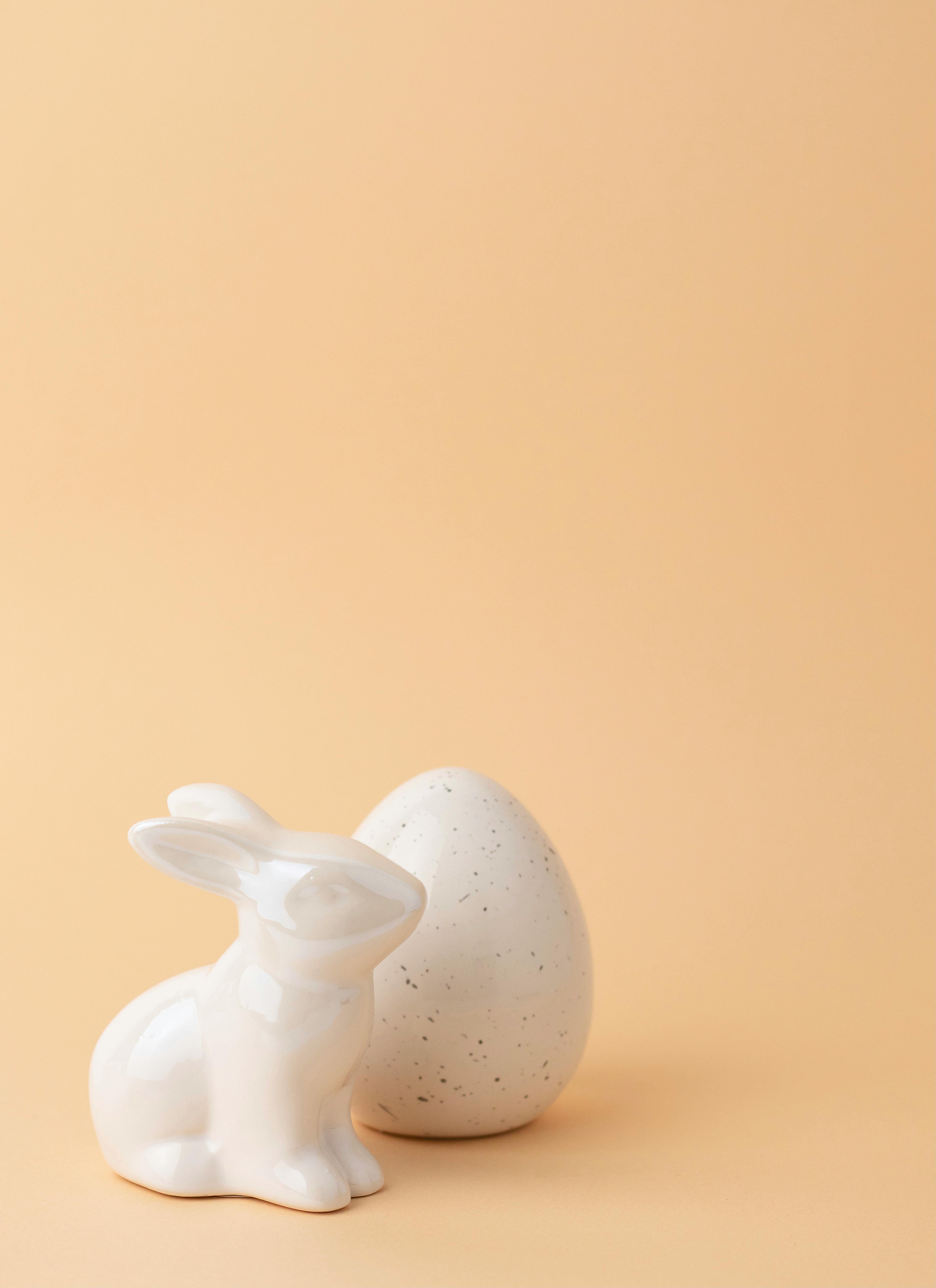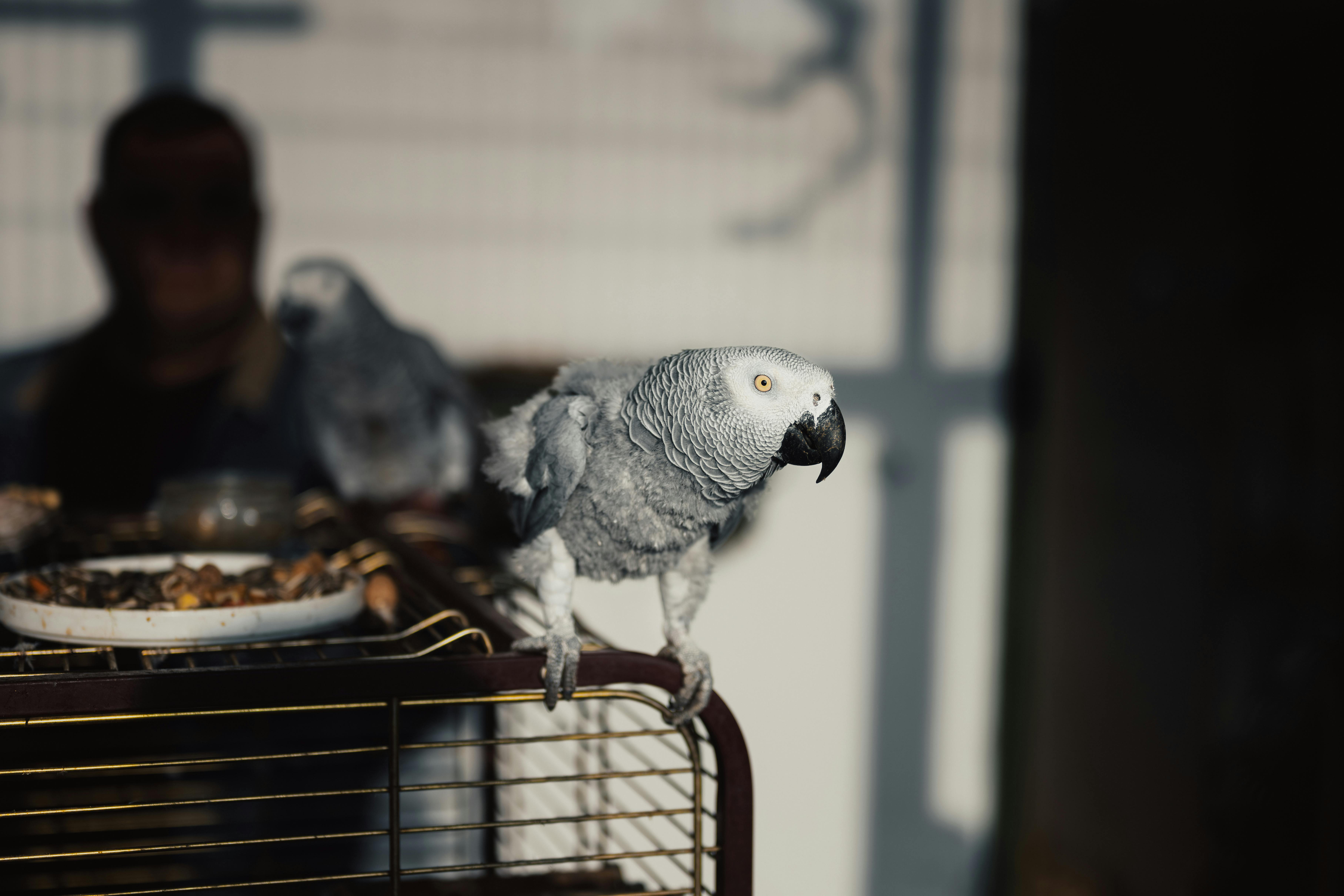Effective Ways to Breed Axolotls for Successful Reproduction in 2025

Effective Guide to Breeding Axolotls in 2025
Breeding axolotls can be a rewarding endeavor for both experienced aquarists and beginners alike. As unique amphibian pets, axolotls offer an interesting breeding journey filled with surprises and challenges. Understanding the proper methods for successful axolotl breeding not only boosts the population of these captivating creatures but also enhances their well-being and genetic diversity. This guide will delve into the essential techniques necessary for axolotl mating, the breeding behaviors of both male and female axolotls, as well as key tips for raising axolotl fry.
Throughout this article, you will learn how to set up your tank for ideal breeding conditions, monitor water quality, and nurture axolotl eggs. We will discuss common breeding problems and mythology, while also emphasizing the importance of axolotl care during this process. By the end, you will be equipped with the knowledge necessary to navigate the world of axolotl reproduction successfully.
Whether you are looking to increase your population for personal enjoyment or become involved in breeding axolotls for profit, mastering the ins and outs of this practice can lead to incredible outcomes. Let's dive into the effective ways to breed axolotls for successful reproduction!
Understanding Axolotl Breeding Season and Behavior
To breed axolotls effectively, you must first understand their natural breeding season and behaviors. Axolotls typically breed in the spring or early summer months when water temperatures rise, generally between 60°F to 68°F (15°C to 20°C). During this time, male axolotls undergo physical changes, including the development of a more pronounced cloaca, to attract potential mates. Female axolotls also show signs of readiness, displaying a wider body shape as they become filled with eggs.
A key aspect of the axolotl mating process involves the male’s courtship display, which includes swimming in circles and nudging the female. This behavioral ritual encourages the female to follow the male as he releases his spermatophores—packets of sperm—onto the substrate for fertilization. To facilitate this, ensure that the breeding tank is set up correctly to mimic their natural habitat, complete with proper substrate and hiding spots for both sexes.
Keeping in mind the factors affecting axolotl breeding, such as water quality and temperature, will provide the right environment for successful spawning. With these fundamentals established, let’s explore how to create the ideal breeding conditions for your axolotls.
Creating the Perfect Breeding Environment
Setting up a suitable breeding environment is crucial for successful axolotl reproduction. Start by ensuring the tank size is adequate, ideally at least 20 gallons for a small breeding group. Maintaining proper tank parameters is vital, which includes stable water temperature, pH between 6.5 and 7.5, and low nitrate levels. Filtration systems should be installed to maintain clean water without strong currents, as axolotls prefer gentle waters.
Also, consider arranging the tank with plants and hiding spots using materials such as rocks or terracotta pots. This environment not only simulates their natural habitat but also reduces stress for the breeding pairs and promotes healthy interactions. Replace 10-20% of the water every week to maintain optimal water quality, ensuring your axolotls are thriving.
Importantly, the breeding tank should be adequately cycled before introducing axolotls. This cycling process creates beneficial bacteria to support the aquatic ecosystem. By preparing your tank properly, your axolotls will have a thriving environment conducive to successful reproduction.
Selecting Axolotl Breeding Pairs
Choosing the right breeding pairs is a crucial step in the breeding process. Look for healthy, mature axolotls that are typically over 12 months old. Assess physical characteristics, such as size and coloration, to ensure they meet quality standards for breeding. It's essential to introduce genetics into your breeding program to avoid potential health issues resulting from closely related pairings.
Female axolotls should ideally be larger than males, as their size directly affects egg production. As you select potential candidates, naturally monitor their behavior and interactions. A submissive female and an assertive male often indicate compatibility for breeding, which can lead to greater success in fertilization and viable axolotl eggs.
By understanding axolotl genetics and selecting unique characteristics, breeders can also aim to produce varied coloration and patterns in their fry. Let’s look closer at the axolotl breeding process to fully grasp what happens during the mating rituals.
The Breeding Process: Mating to Egg-Laying
The breeding process for axolotls begins with the male’s courtship, followed by successful fertilization through spermatophore transfer. After mating, the female will begin to lay eggs, often producing up to 1,000 eggs at once, which are typically deposited on plants or other surfaces within the tank. Monitoring these eggs is crucial during their development, as they are vulnerable to contamination and fungal infections.
When the eggs are laid, remove them carefully to a separate hatching tank to ensure their safety and maintain optimal axolotl water quality. Maintaining a temperature around 65°F (18°C) will encourage healthy embryo development. Proper water conditions should include a low flow filter and gentle aeration to ensure oxygen exchange without disrupting the developing embryos.
After approximately 14 to 20 days, you will start to see the hatchlings emerge. At this stage, providing appropriate care for axolotl fry becomes essential in assuring their survival and health, enabling them to thrive in their new environment.

Nurturing and Raising Axolotl Fry
Once axolotl eggs have hatched, the responsibility of care shifts to raising axolotl fry. The newborns are incredibly fragile and require a controlled environment to ensure optimal growth. Start by maintaining water parameters specifically tailored for fry, including proper pH and lower ammonia levels to prevent health issues. A dedicated fry tank is often necessary to limit unnecessary stress from adults and establish ideal growing conditions.
Begin feeding the fry with micro-worms or specialized starter food designed for small aquatic animals. Monitoring their feeding habits is essential to gauge their health and growth. As they grow, gradually introduce larger food sources while observing axolotl behavior changes during this stage. It's also vital to keep the tank clean and perform regular water changes to promote a healthy environment.
Maintaining an eye on the fry's growth stages and ensuring proper nutrition will contribute to their successful development. Common mistakes include overfeeding or not fostering a suitable tank for growth. Educating yourself on axolotl fry development during this crucial life stage can make a significant difference in their survival rates. Let’s dive deeper into potential challenges that breeders might face during the axolotl breeding process.
Common Breeding Problems and Solutions
Even for seasoned breeders, various challenges can arise during the axolotl breeding process. One common issue is infertility, which can stem from a variety of factors, including poor tank conditions or selecting incompatible breeding pairs. If your axolotls aren't breeding successfully, reevaluate your setup to ensure optimal water quality and environmental requirements.
Another potential problem is the presence of fungal infections during the egg stage, often resulting from contaminated water or high stress. Implementing proper filtration and regularly monitoring water parameters will reduce these risks. In case of egg fungus, immediately remove affected eggs to prevent the spread and protect remaining viable embryos.
Breeders may also encounter health issues with the fry post-hatch, such as deformities or poor growth. This can indicate genetic problems or improper feeding practices. Maintaining health through careful nutrition tailored for improving growth can help potentiate healthy development in fry. By understanding these common breeding problems, you'll be better equipped to overcome challenges when they arise.

Enhancing Axolotl Breeding Success
Working toward successful axolotl breeding encompasses various strategies designed to improve your outcomes. Begin by refining your knowledge of axolotl breeding techniques and strategies. These include adjusting water temperature during breeding season or utilizing specific environmental cues to stimulate spawning behaviors. Additionally, keeping a breeding log to track outcomes can provide insight into which methods yield better results.
Another aspect to focus on is genetic variation, as breeding axolotls with diverse traits can lead to healthier fry. To ensure success, connect with other axolotl breeders to share information and techniques—collaboration can lead to new insights and methods beyond what a single breeder may achieve.
Lastly, continuous education about axolotl care and updates in breeding practices is paramount. Engage with reliable resources to stay informed about advancements in breeding techniques, health management, and general care for optimal breeding outcomes. By enhancing your approaches to axolotl breeding, you will increase your chances of producing healthy offspring and ensure the longevity of these incredible pets.
Q&A Section: Addressing Common Breeding Questions
What is the Best Age to Start Breeding Axolotls?
Typically, axolotls reach sexual maturity between 6 to 12 months, with most breeders opting to wait until they are at least one year old. Breeding too early can result in lower fertility rates and health complications for both the male and female.
How Many Eggs Will My Axolotl Lay?
Female axolotls can lay between 200 to 1,000 eggs in a single spawning event, depending on their size and health. It's crucial to provide a safe environment for the eggs to increase their chances of hatching successfully.
How Should I Handle Axolotl Fry after Hatching?
Carefully transfer the fry to a designated fry tank, maintaining stable water conditions. Start them on micro-worms or specialized fry food, monitoring their health closely as they develop.
Understanding these aspects of axolotl breeding will empower you to become a successful breeder and enjoy the enchanting world of these unique aquatic pets.